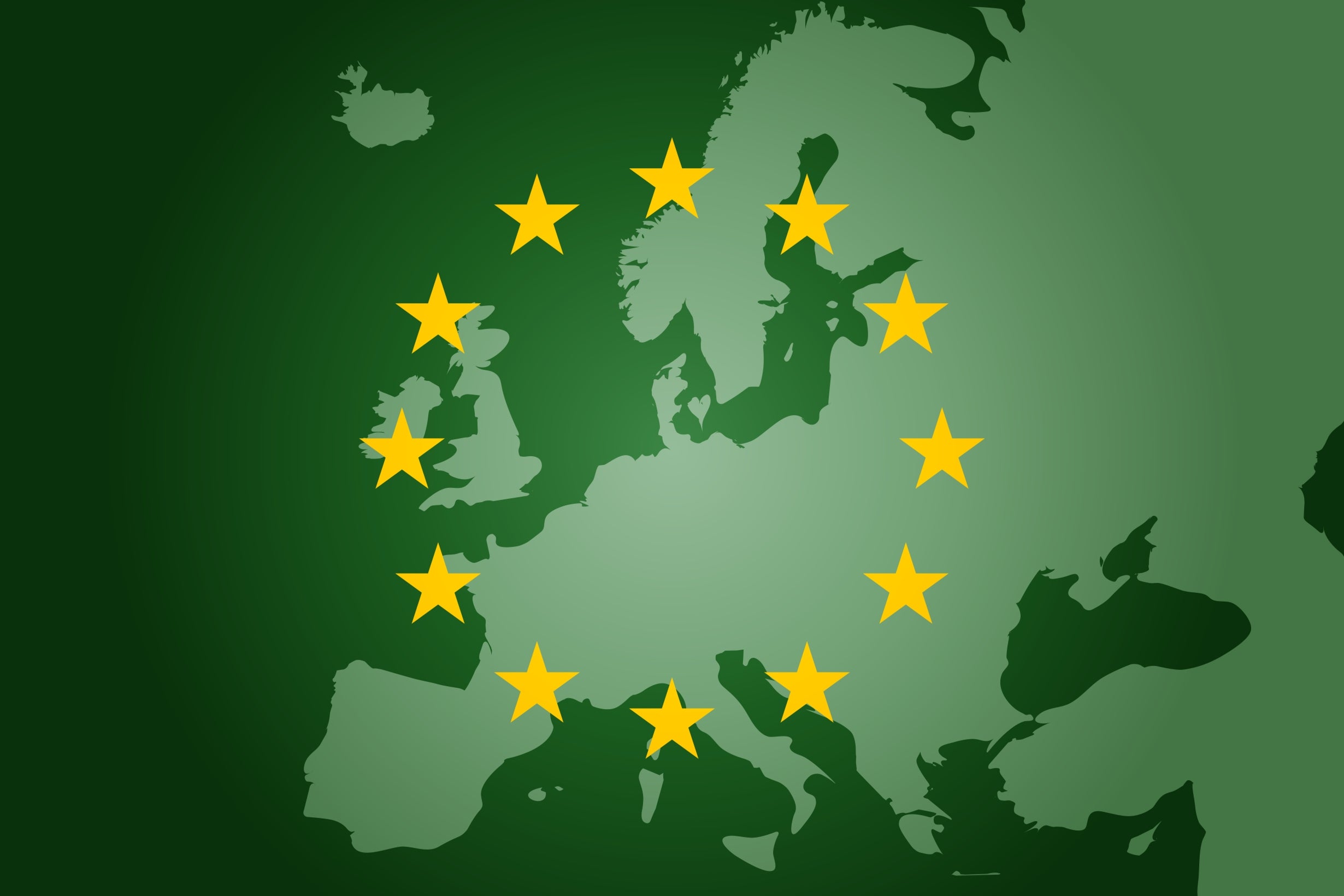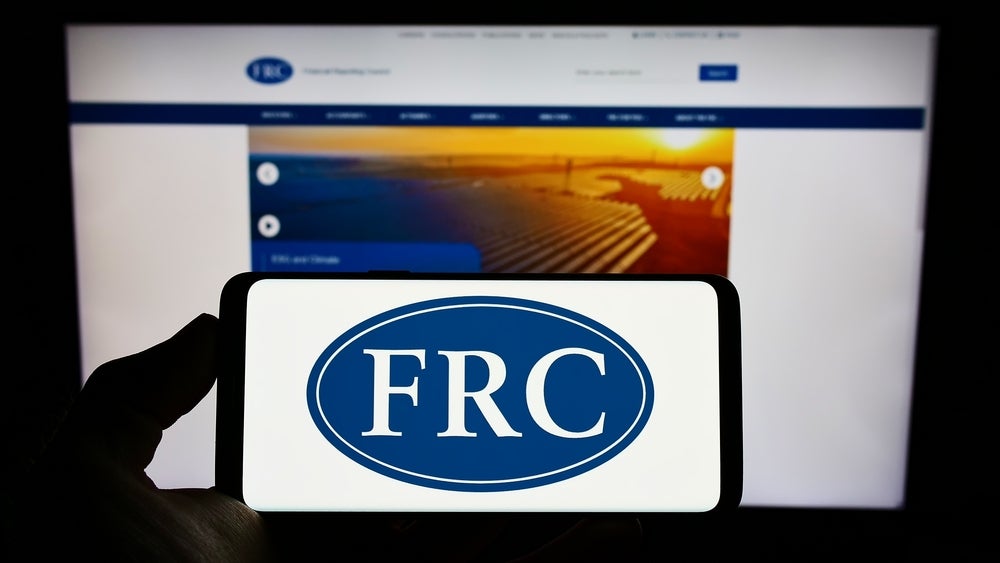
TA and IAB reporter Santiago Bedoya-Pardo takes a deep dive into the EU’s Carbon Border Adjustment Mechanism initiative and what it will mean for its trading partners.
In recent years, the world has witnessed a growing commitment to combat climate change. Nations and regions are taking steps to reduce carbon emissions, transition to cleaner energy sources, and promote sustainable practices. Among these initiatives is the European Union’s (EU) ambitious goal to achieve climate neutrality by 2050. To support this vision, the EU has introduced the Carbon Border Adjustment Mechanism (CBAM). This mechanism, designed to address the issue of carbon leakage, has far-reaching implications not only for trade and industry but also for the financial services sector and the accountancy profession.
Understanding Carbon Leakage and the EU’s Response
Carbon leakage is a term used to describe a situation where companies move carbon-intensive production to countries with less stringent climate policies. This phenomenon occurs when businesses seek to avoid the costs associated with carbon emissions, such as those imposed by carbon pricing systems. The EU has been at the forefront of addressing carbon leakage through its emissions trading system (EU ETS), which places a price on carbon emissions in specific sectors.
One key aspect of the EU ETS is the allocation of free allowances to businesses in carbon-intensive sectors. These allowances enable companies to emit a certain amount of carbon without incurring additional costs. However, as part of its commitment to decarbonisation, the EU is gradually phasing out these free allowances. This phase-out aims to incentivise businesses to reduce their carbon emissions and transition to cleaner, more sustainable practices.
To prevent carbon leakage and maintain a level playing field, the EU introduced the CBAM. This mechanism places a price on the carbon emissions of certain goods imported into the EU. The goal is to align the carbon price on these imports with that of domestically manufactured goods in the EU. By doing so, the EU aims to discourage businesses from shifting production to countries with less stringent climate policies.
How well do you really know your competitors?
Access the most comprehensive Company Profiles on the market, powered by GlobalData. Save hours of research. Gain competitive edge.

Thank you!
Your download email will arrive shortly
Not ready to buy yet? Download a free sample
We are confident about the unique quality of our Company Profiles. However, we want you to make the most beneficial decision for your business, so we offer a free sample that you can download by submitting the below form
By GlobalDataThe CBAM and its implementation
The CBAM primarily targets goods in sectors with carbon-intensive production processes. These include cement, iron and steel, aluminium, fertilisers, electricity, and hydrogen. The CBAM entered its transitional phase on 1 October 2023, signifying a pivotal moment for UK businesses exporting to the EU. During this phase, importers of goods subject to the CBAM will be required to report greenhouse gas emissions embedded in their imports. However, financial payments or adjustments will not be mandated at this stage.
In the first year of implementation, companies can report emissions in one of three ways:
1. Full reporting according to the EU method.
2. Reporting based on equivalent third-country national systems.
3. Reporting based on reference values.
The EU method, outlined in the implementing regulations, will become the only acceptable reporting method from 1 January 2025. From 1 January 2026, importers will need to declare the quantity of goods imported into the EU in the preceding year and their embedded emissions. Importers must then surrender a corresponding number of CBAM certificates, priced according to the weekly average auction price of EU ETS allowances.
What this means for British businesses
UK businesses exporting to the EU must consider the implications of the CBAM. While they may not be required to report under the EU CBAM directly, they are expected to provide emissions data to help their EU customers meet their obligations. This data may include commodity codes, country of origin, direct emissions from fuel combustion, waste gas, process emissions, and indirect emissions from electrical energy consumed.
The EU CBAM will also impose a cost on carbon-intensive imports starting from 1 January 2026. To remain competitive, UK businesses should explore ways to decarbonise their supply chains. As the price of CBAM certificates is expected to increase with the phasing out of EU ETS free allowances between 2026 and 2034, the incentive for EU businesses to embrace decarbonisation becomes more significant.
Furthermore, the scope of the CBAM is expected to expand. Although it currently covers six sectors, there is an intention to include all sectors under the EU ETS by 2030. This expansion could impact a broader range of industries, potentially bringing the production of glass, chemicals, and other goods within the CBAM’s scope.
Hurdles in the horizon
The introduction of the CBAM is not without challenges and concerns, both within the EU and among its trading partners. The impact of the CBAM is expected to be most significant on the EU’s largest trading partners, including Russia, China, the United Kingdom, Turkey, Ukraine, India, South Korea, and the US. A report by the Carnegie Europe think tank highlighted the potential repercussions for these countries.
Some nations have criticised the CBAM as discriminatory. For instance, Brazil, South Africa, and India have voiced concerns about the EU measure. India has even announced its plans for a carbon tax aimed at EU exports. China has called on the World Trade Organisation to assess the measure, emphasising the international dimension of the issue.
The UK, in particular, faces challenges due to disparities in emissions pricing. The UK’s carbon market, known as the UK Emissions Trading System (UK ETS), has experienced significant fluctuations. Emissions prices have fallen to less than half of the EU ETS equivalent. This situation has created a double challenge for British exporters. First, they may face hefty fees when exporting to the EU due to these lower carbon prices. Second, the reduced emissions price means that the UK Treasury will generate fewer revenues from carbon pricing.
There are also concerns that the CBAM could negatively impact some of the world’s poorest countries. While the EU has been engaged in outreach efforts, some argue that these measures might not be enough to address the concerns of the most vulnerable nations, particularly concerning capacity building and finance.
Nevertheless, the CBAM contains provisions to tackle exceptional situations. For instance, Ukrainian businesses are exempted from the CBAM due to the ongoing war, underscoring the flexibility and adaptability of the mechanism.
The role to be played by the profession
The introduction of the CBAM carries significant implications for the financial services sector and the accountancy profession. These industries will play a vital role in helping businesses navigate the new landscape of carbon pricing and emissions reporting.
The financial services sector is likely to experience both challenges and opportunities as a result of the CBAM. One of the key changes introduced by the CBAM is its impact on carbon pricing. By placing a price on carbon emissions associated with certain imports, the mechanism aims to create a more level playing field for businesses. This includes financial considerations, as companies trading goods impacted by the CBAM will need to account for the additional costs associated with carbon pricing.
Financial institutions, including banks and investment firms, are poised to play a crucial role in assisting businesses in managing their financial resources in this changing environment. They can provide financial products and services tailored to the CBAM’s requirements. This could involve developing financial instruments to hedge against fluctuations in carbon pricing and assisting clients in optimising their supply chains to minimise the impact of CBAM-related costs.
Moreover, the financial services sector should anticipate increased demand for sustainability-linked financial products. With the CBAM’s focus on reducing carbon emissions, businesses will seek financing options that align with their sustainability objectives. This could lead to the creation of innovative financial products linked to emissions reductions and sustainability performance.
The opportunities ahead
The introduction of the CBAM also presents opportunities for the accountancy profession. Accountants will play a crucial role in ensuring compliance with the new reporting and financial requirements associated with the mechanism. Here are some key aspects where accountants can make a difference:
1. Emissions Reporting: As companies exporting to the EU must report greenhouse gas emissions embedded in their products, accountants can assist businesses in gathering, verifying, and reporting this data accurately. They can ensure that emissions data adheres to the EU’s requirements, reducing the risk of fines or penalties.
2. Financial Compliance: Accountants will be instrumental in helping companies navigate the financial aspects of the CBAM. This includes accounting for additional costs related to carbon pricing, managing carbon credits or allowances, and ensuring compliance with financial reporting requirements.
3. Strategic Guidance: The accountancy profession can provide strategic guidance to businesses looking to optimise their operations in response to the CBAM. This may involve helping companies identify opportunities to reduce emissions, implement sustainability measures, and adapt their supply chains.
4. Auditing and Assurance: Accountants can offer auditing and assurance services to verify the accuracy of emissions reports and financial statements related to the CBAM. This provides credibility and transparency to the reporting process.
5. Sustainability Reporting: With an increasing focus on sustainability, accountants can assist businesses in preparing sustainability reports that align with the CBAM’s objectives. This can enhance a company’s reputation and competitiveness.
The implications of the CBAM extend beyond the EU’s borders. As more countries consider the implementation of similar mechanisms to address carbon leakage and promote sustainability, there is a need for global collaboration. Financial services and accountancy professionals can contribute to this collaboration by sharing best practices, harmonising reporting standards, and facilitating cross-border transactions.
In response to the global nature of sustainability and carbon pricing, international financial institutions and regulatory bodies should work together to create a consistent framework for carbon-related financial products. This framework can help standardise carbon pricing and emissions reporting, making it easier for businesses to navigate multiple carbon pricing mechanisms.
Additionally, professional accountancy bodies and associations can play a significant role in establishing common reporting standards for emissions data. This will simplify the reporting process for businesses operating in multiple regions, reducing compliance burdens.
The way forward
The EU’s Carbon Border Adjustment Mechanism is a significant step in the global effort to combat climate change and prevent carbon leakage. While it poses challenges for businesses, it also opens doors for innovation, sustainability, and collaboration. The financial services sector and the accountancy profession are poised to play essential roles in helping businesses navigate this new landscape.
As the CBAM expands and other regions contemplate similar measures, the need for a harmonised global approach to carbon pricing and emissions reporting becomes increasingly apparent. The financial services sector, with its capacity to develop innovative financial products, and the accountancy profession, with its expertise in reporting and compliance, can contribute to building a more sustainable and equitable global economy.
The CBAM serves as a reminder that the fight against climate change is not limited to environmental policies alone. It encompasses financial strategies, economic mechanisms, and international cooperation. The financial services sector and the accountancy profession are instrumental in aligning financial practices with sustainability goals, creating a greener and more responsible future for businesses and societies worldwide.
The EU’s Carbon Border Adjustment Mechanism is a significant development with far-reaching implications. While challenges lie ahead, this mechanism creates opportunities for businesses, financial services, and the accountancy profession to drive sustainability and innovation. By working together on a global scale, these sectors can contribute to a greener, more equitable world.
Additional insight into the implications of the CBAM may emerge as its implementation progresses and as more countries adopt similar measures to combat carbon leakage and promote sustainability. The financial services sector and the accountancy profession will continue to evolve to meet these new challenges and opportunities.





